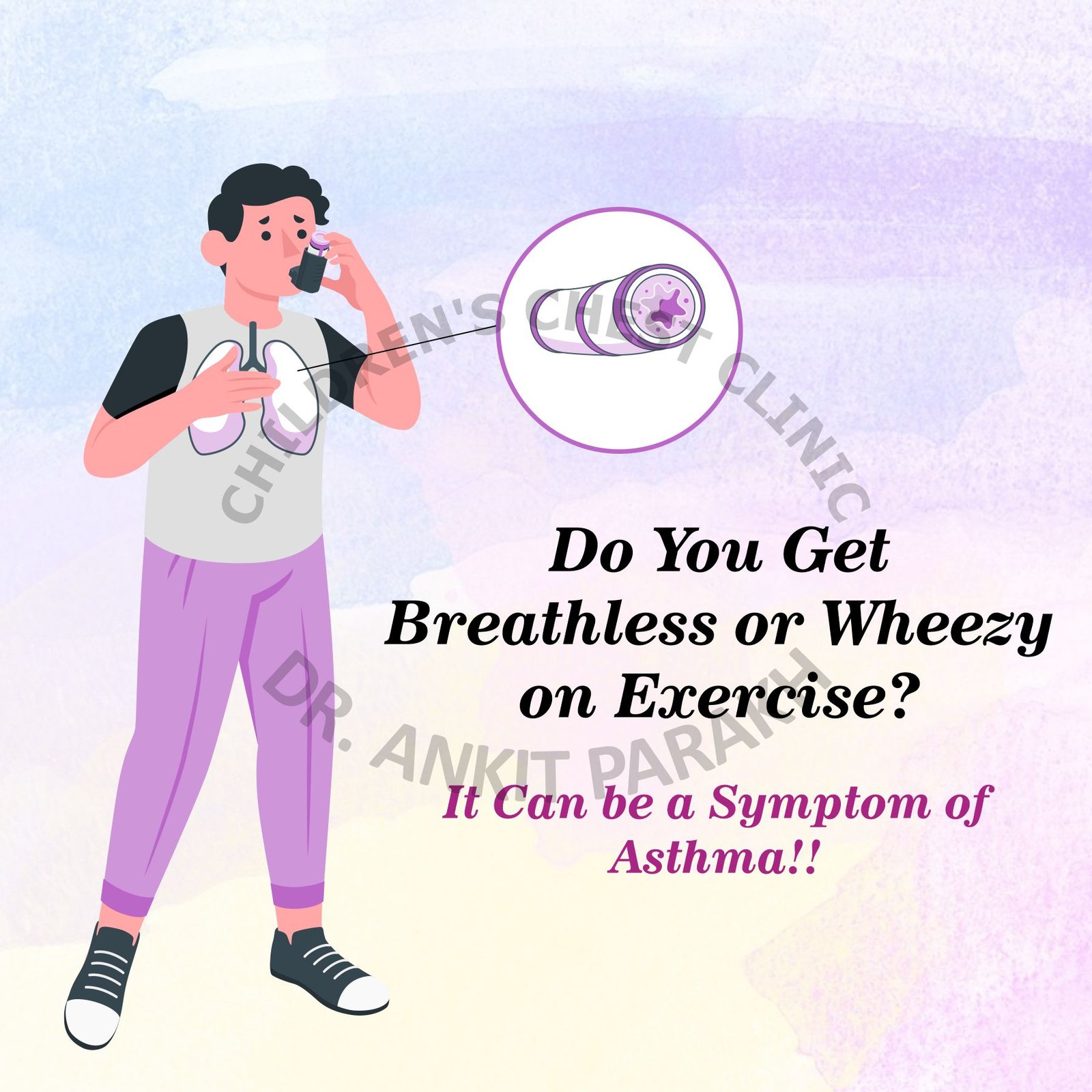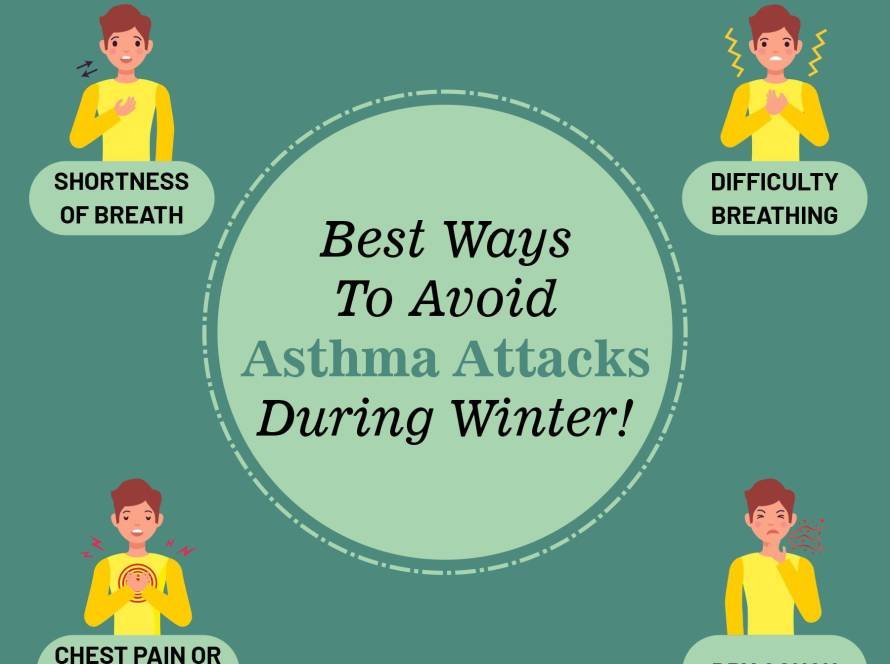Many children, adolescents and young adults with asthma have symptoms when they exercise. These symptoms could be cough, breathlessness, chest pain or tightness. But some children especially adolescents () have these symptoms only during or after exercise. This condition is known as exercise-induced bronchoconstriction or EIB.
What is the cause of exercise-induced asthma (EIA)?
Although the exact reason for exercise-induced asthma (EIA) is unclear it is thought to be triggered by the cold and dry air during exercise. On rigorous exercise children breathe fast and through the mouth, which misses on the warming and humidification which happens when breathing slowly through the nose. The cold and dry air makes the airways or bronchi narrow called bronchoconstriction. This process makes flow of air difficult and makes it harder for the child to breathe.

What are the signs and symptoms of exercise-induced asthma (EIA)?
Symptoms of exercise-induced asthma (EIA) begin during or soon after exercise or sometimes after exercise. The symptoms of exercise-induced asthma (EIA) can remain for a few minutes to up to an hour or sometimes even longer. The symptoms could be cough, wheezing, shortness of breath or difficulty in breathing and chest pain. Many children, adolescents and young adults avoid exercise to prevent symptoms from occurring.
How Is exercise induced asthma (EIA) diagnosed?
A detailed case history of the child is evaluated including symptoms, its severity, duration, triggers, medications and family history. Children, adolescents and young adults with symptoms of exercise require a lung function test or spirometry before and after exercise also called Treadmill Challenge Spirometry. Firstly, spirometry is performed pre-exercise. Thereafter the child is made to run on a treadmill for 6-8 minutes. Spirometry is then repeated after 5 min, 10 min, 20 min and 30 minutes. In children with exercise induced asthma the lung function or spirometry values drop by 10% or more post exercise. Treadmill Challenge Spirometry is the best investigation to diagnose exercise induced asthma.
How do we treat exercise induced asthma (EIA)?
Most children, adolescents and young adults with exercise-induced asthma (EIA) can continue to do exercise and sports without any troublesome symptoms. If a child has asthma then proper treatment of the asthma will improve symptoms on exercise as well. This would require long term inhaled medicines. If the child does not have asthma and gets symptoms only on exercise then taking a short acting bronchodilator 15-12 minutes before exercise can be helpful in preventing symptoms. Warming up prior to exercise can be very helpful in reducing the symptoms of exercise induced asthma (EIA). Warm-up exercise could be walking for a few minutes, light exercise or stretching.
If your child is wheezing, coughing or breathlessness on exercise you need to consult a pediatric pulmonologist for proper evaluation and treatment.






